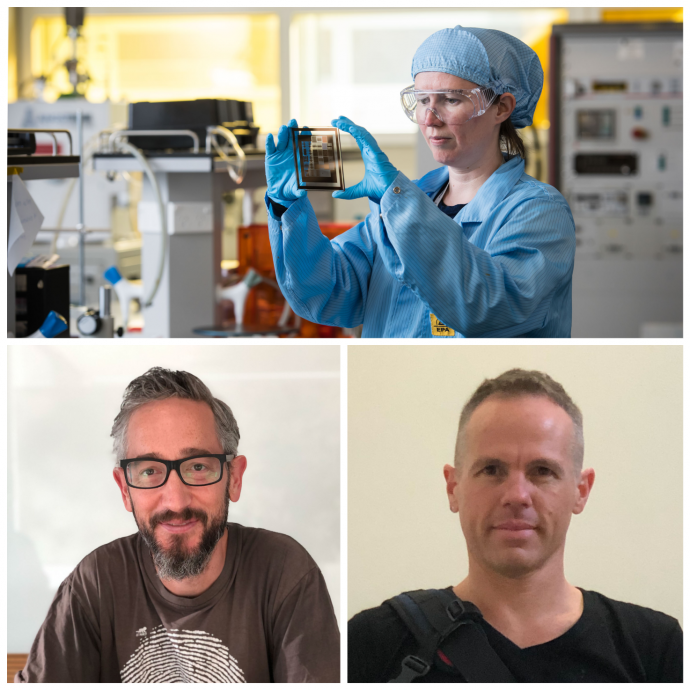How the nose knows – understanding the mechanisms of olfactory receptors

Dr Natalie Plank, from Te Heranga Waka –Victoria University of Wellington, is leading a team to use a novel biosensor to investigate the structure and mechanism of insect odour receptors
Published on 3 Whiringa-ā-rangi November 2021
Insects thrive in diverse ecological niches partially because of their unique odorant receptors (ORs) – a class of proteins specialised for odour detection. Insect odorant receptors are exquisitely sensitive, being able to detect single molecules. They can also detect a wide range of chemicals, making them an ideal candidate for artificial nose technologies. Previous research has shown that insect ORs contain two different components: one that binds chemicals, and another called Orco that generates the signal. These components work together to bind odour molecules and then to generate and transmit a specific signal across cell membranes. However, the complete structure and mechanism of these receptors remains a mystery.
A prototype device for simultaneous optical and electrical studies. Image: Adam Micolich
Dr Plank and Dr Colm Carraher (Plant & Food Research) recently developed highly sensitive electronic sensors, where olfactory receptors were inserted into lipid bilayers, simulating a cell membrane, and then immobilised on carbon nano-tubes and graphene field-effect transistors. They were surprised to find that the Orco component was not required for sensing – exposing the limitations of our current understanding of how these receptors transmit signals. Dr Plank, Dr Carraher and Dr Adam Micolich from the University of New South Wales have been awarded a Marsden Fund Standard grant to pin down exactly how these olfactory receptors generate a signal, using their novel biosensor. They will combine precision molecular biology tools with nanoelectronics to investigate exactly how the binding of a chemical triggers signal transmission. The team’s research will answer fundamental questions of how olfactory receptors function and will also advance their potential use in artificial nose technologies.
